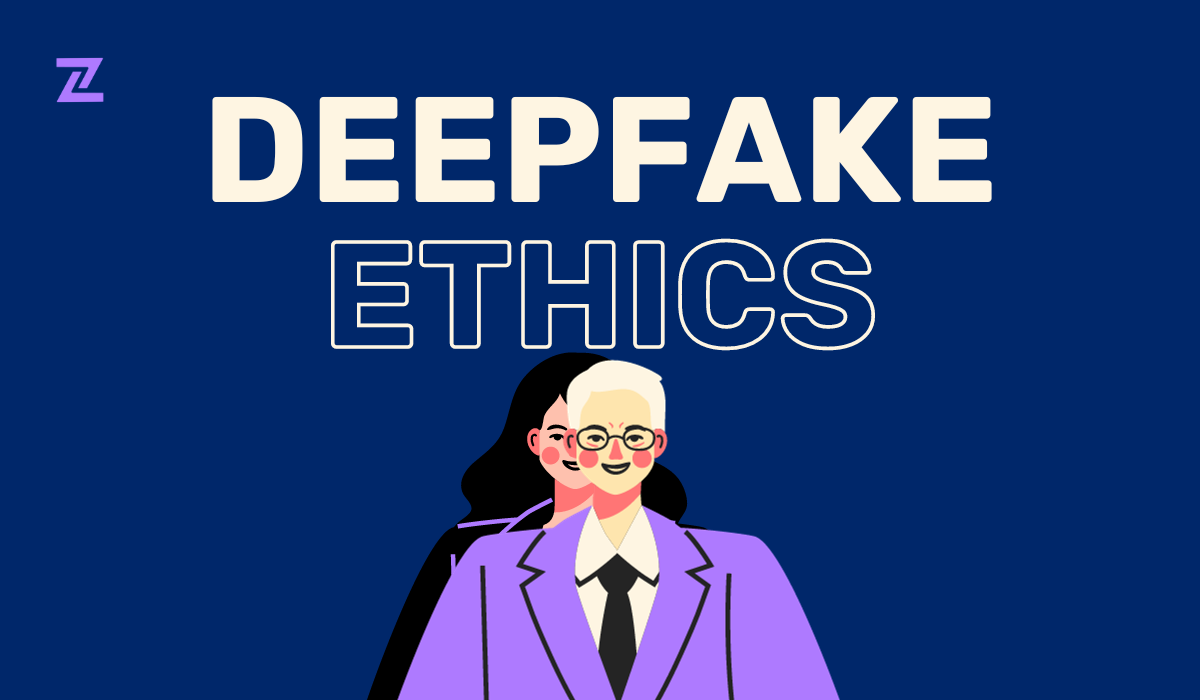
The advent of deepfake technology marks a pivotal moment, evoking both fascination and trepidation. This advanced form of artificial intelligence (AI) manipulation possesses the capability to effortlessly overlay or substitute content within videos and images. This prompts critical inquiries into issues of authenticity, the potential for misinformation, and the ethical dilemmas stemming from these technological strides.
Deepfake technology leverages deep learning algorithms, specifically Generative Adversarial Networks (GANs), to create hyper-realistic simulations of individuals. These simulations can range from impersonating public figures to altering facial expressions and even manipulating speech patterns. The term "deepfake" itself is a portmanteau of "deep learning" and "fake," encapsulating the essence of its artificial and deceptive nature.
Initially, deepfake technology gained attention for its novelty, often used in the entertainment industry to seamlessly insert actors into historical footage or to bring deceased stars back to life on screen. However, as the technology proliferated, so did its potential for misuse. Threats to personal privacy, political manipulation, and the creation of convincing fake news have become prevalent concerns.
As we navigate the complexities of this AI-driven technology, a fundamental query emerges: How can we harmonize the promising advancements of deepfake innovation with the ethical duty to thwart its malicious misuse? Achieving this equilibrium necessitates a collaborative effort involving technology developers, policymakers, and the broader public. Together, they must devise comprehensive guidelines and regulations to shield against the nefarious applications of this evolving technology.
As deepfake technology advances, so does the development of AI-driven solutions designed to combat it. Researchers are exploring innovative approaches, including using AI algorithms to detect subtle inconsistencies in deepfake content. The evolving landscape of AI against AI introduces a dynamic element to the ongoing efforts to stay ahead of those who seek to exploit deepfake technology for malicious purposes.
As deepfake technology continues to advance, its trajectory remains uncertain. Will it be harnessed for positive applications, such as enhancing entertainment experiences or aiding in the creation of realistic simulations for training purposes? Or will the darker possibilities of identity theft, political manipulation, and the erosion of trust prevail?
In the labyrinth of deepfake advancements, the path forward requires a multifaceted approach. From technological innovations and legislative frameworks to corporate responsibility and global collaborations, addressing the challenges posed by deepfake technology demands a comprehensive strategy. As we navigate this evolving landscape, the key lies in fostering a resilient society that is equipped to harness the benefits while safeguarding against the potential harms of this groundbreaking technology.